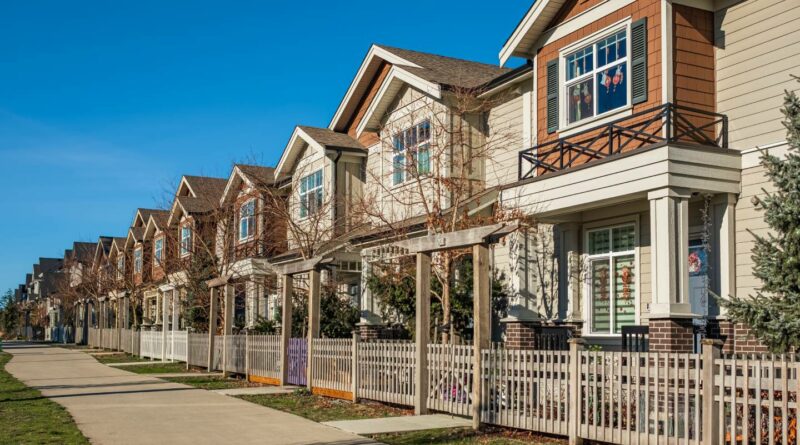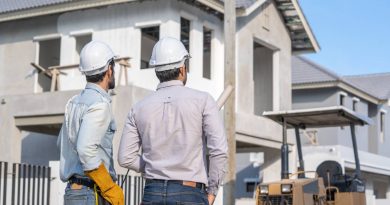Active Adult Housing: Back to the Future
The term “Active Adult” is growing amongst buyers, with most familiar aware of Del Webb or K. Hovnanian Four Season product offerings. These developments are master-planned, real estate- and amenity-focused designed for the Greatest Generation (1901-1927) and the Silent Generation (1928-1942).
The first active adult communities opened in Arizona in the late 1950s and early 1960s, according to 55places.com and Jelmberg Real Estate of Palm Desert. These were planned communities being built across the country with the parameters of at least one 55 or older resident. The first product on the market with an age restriction was Yountown in Arizona, with the neighboring Del Webb Sun City Arizona project being the longest running 55+ community in the United States. The Fair Housing Act of 1968 and the Housing for Older Persons Act of 1995 allow communities to restrict residency to individuals 55 or older.
According to Boston University’s School of Hospitality Administration, Del E. Webb pioneered the active-adult concept with the idea that retirees should live in a self-sustaining community with access to every amenity and necessity they could ever want or need. The first Sun City, mentioned above, opened on January 1, 1960 and attracted over 100,000 (GI Generation, born 1901 to 1927) visitors on its opening weekend. Those being toured around the active adult community witnessed all the development had to offer, including at least five home models, a shopping center, a golf course, and a clubhouse.
We probably should ask what has changed since the first active adult communities opened. Many people still want to get out of the cold north to warmer weather, amenities, golf…oh, and did I mention warm weather? Del Webb and K. Hovnanian Four Seasons, in this case, have done well with a good product.
The question remains though: what is active-adult living today? Are the master-planned communities of the Del Webb’s and the K. Hovnanian’s of old where the Baby Boomer generation will, or will want to be, living? More than likely, the answer is no, at least in their original form. Along with the generational shift to the Baby Boomer Generation, comes the advent of second and third careers as well as other “repurposement” in this stage of their lives. The basic definition of retirement is to stop…and Boomers aren’t stopping. “Repurposement” better describes what Baby Boomers are doing instead of “retiring.” Boomers, who have changed everything they have touched throughout their lives, are changing what post-career (at least first or main career) life is and are looking for smaller, more unique, service-enriched, wellness and experientially-focused communities in not only destination locations, but more urban or even university-adjacent settings. They want access to all the services they know and demand: their friends, family, health services, education, entertainment, health and wellness services, and other unique programs targeted to their desires. The Boomer is not a one-size-fits-all cohort, and they need to be looked at, serviced, and marketed to as such. On the financial side, according to Chris Guay, Founder and CEO of Vitality Living, “In the next five to ten years, I see the Active Adult community being a residential living opportunity for older adults who want to unlock real-estate equity, reduce the burdens of traditional home maintenance and ownership, and maintaining a safer level of independence while living in a community that keeps them socially connected.”




